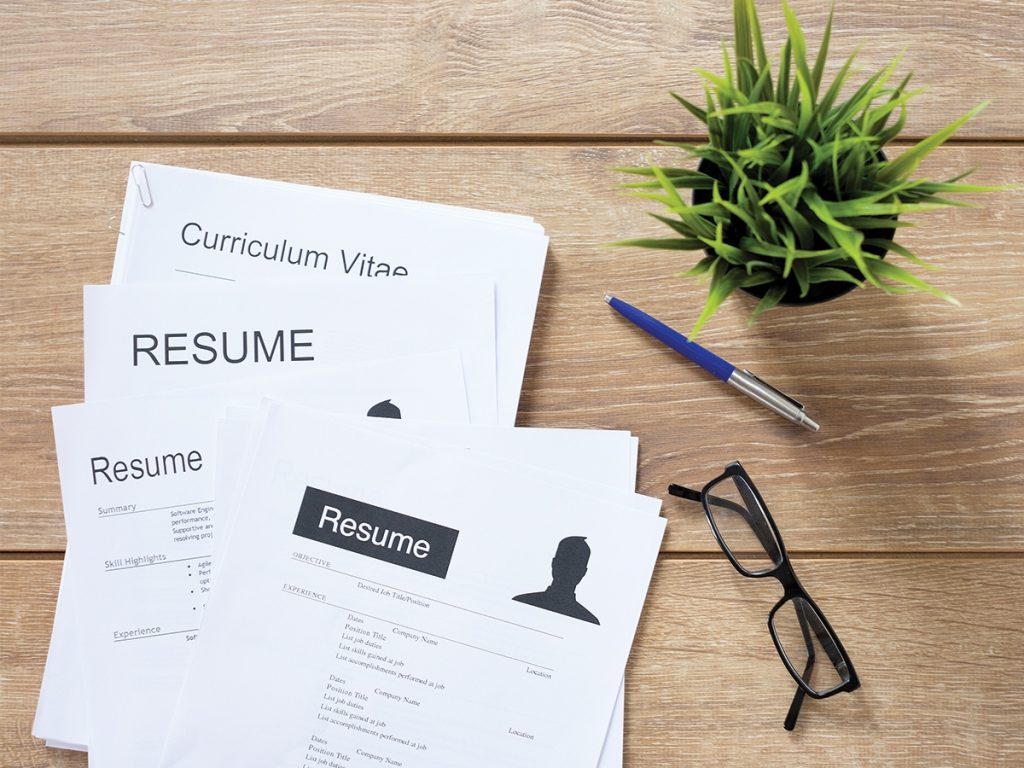If you are applying to a job, you will be expected to submit a resume to show you have previous work experience or knowledge in a particular field. Unfortunately, many resumes are never read by any human eyes. Many companies use special computer programs to scan a resume for key words. If the resume doesn’t meet the computer’s requirements, then it doesn’t advance to a recruiter. This is a guide to help you write a resume that will end up in the hands of a recruiter so you will be invited to a job interview.
Your first task is to select a resume format. Chronological resumes focus on dates, positions, and duties in reverse chronological order. This format is best suited for someone with many years of career-related experience. A functional resume emphasizes your transferable skills and is helpful if you lack career-related experience. A combination resume combines elements of both formats; a great choice for recent grads with some experience.
After you choose what type of resume you want to create, consider brainstorming a master list of your education, previous jobs, accomplishments, skills, volunteering and leadership experiences, etc. Take items off your master list each time you need to make revisions to your resume.
On your resume, you should have multiple skill phrases listed beneath each professional experience (job, internship, volunteer work). The more significant the experience, the more skill phrases you should have to describe that experience. Skill phrases should begin with an action verb, explain what you did and how, and state the result/skill used. Example: “Demonstrates attention to detail while performing 34 daily assessments.”
Ensure you draft your resume in a strategic order. Items that are more recent and relevant to your job objectives should be near the top of the resume. Also, do not discount unpaid experience. Include transferable skills from volunteer work, service experiences, class projects, internships, and activities.
Your resume should have a professional appearance. Some use of bold, and italics can help important items stand out, but too much of it can have the opposite effect. Also, limit your font color.
Your resume should be tailored to each business you send it to. Don’t send a generic resume to your potential employers; it communicates a lack of effort and interest. Instead, use the job description to find which skills/experiences are being sought out, and if applicable, provide evidence that you have them by including them in the skill phrase sections of your resume.
If you still need help writing a resume. The Career Development office at Northwestern is available for advice. You can sign-up for a coaching appointment on Handshake or come in for a walk-in appointment (3:00 p.m.-5:00 p.m. weekdays) to get expert help.

